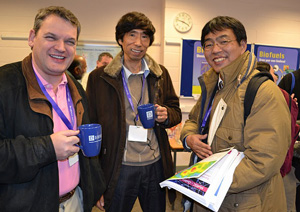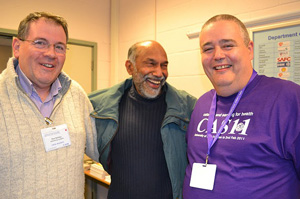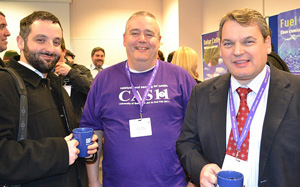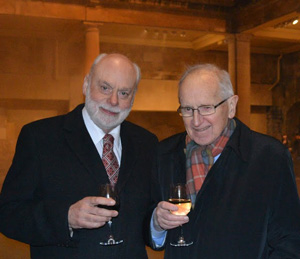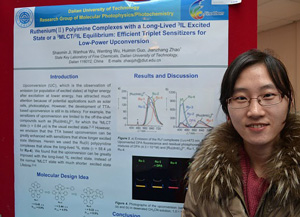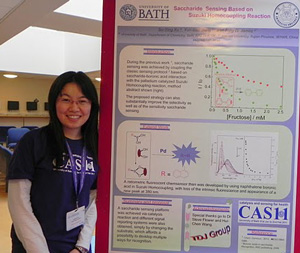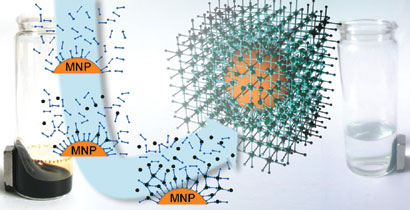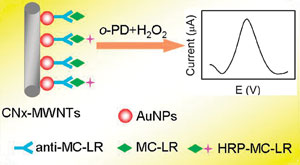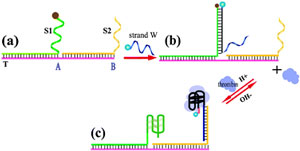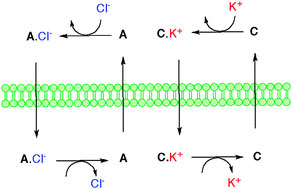 Whilst most of us are shaking snow from our coats and wearing extra layers in a bid to keep warm this winter, here at the ChemComm Editorial Office we’ve had several hot articles to keep us nice and toasty.
Whilst most of us are shaking snow from our coats and wearing extra layers in a bid to keep warm this winter, here at the ChemComm Editorial Office we’ve had several hot articles to keep us nice and toasty.
From nonporous to nanoporous
Scientists in the US have discovered that a well-known organic host, tris-o-phenylenedioxycyclotriphosphazene,
exists in two polymorphic guest-free forms; a thermodynamic nonporous high-density phase and the kinetic nanoporous low-density phase. To find out more, read the communication published by Jerry Atwood, Praveen Thallapally and their colleagues.
McMurry coupling
Hiroko Yamada and colleagues have made a metal-free and meso-free triphyrin compound via an intramolecular McMurry coupling reaction and used the ligand to form manganese and rhenium complexes. Read more in their communication.
Smart behaviour
Selective adsorption of carbon nanotubes (CNTs) onto patterned gold surfaces has been achieved by scientists in Belgium. Pascal Damman and Philippe Dubois have shown in their communication that pH-induced switching can occur, enabling both controlled positioning and release of CNTs, opening up future development opportunities for CNTs-containing sensing devices
Water-holding MOF
There is much research activity using metal organic frameworks (MOFs) as hosts to a variety of guest molecules. Richard Walton and colleagues have now shown that a flexible MOF, once immersed in water at room temperature, can form a crystalline hydrate and hold the water as a hydrogen-bonded tube. To see this clever research for yourself why not take a closer look at their communication?
Photogenerated holes
Transient absorption spectroscopy has been used to monitor the yield and decay dynamics of photogenerated holes in nanocrystalline hematite photoanodes. To find out what happens in the presence and absence of a positive applied bias you will need to read James Durrant and Michael Grätzel’s communication.
First replication NAND gate
In this communication, Gonen Ashkenasy and colleagues demonstrate the first peptide-based replication system that can be activated by shining light as well as being followed by fluorescence measurements.
Tailor-made mimicry
Thorsten Glaser and his team have designed a new dinucleating ligand system to mimic high-valent oxidation states of oxygen-dependent diiron enzymes. Read more on what they discovered in their communication.
Saccharide chemosensor
Gaku Fukuhara and Yoshihisa Inoue have synthesised a chromophore-modified saccharide chemosensor that can discriminate tetrasaccharide acarbose from 24 different mono-, di-, tri-, and tetrasaccharides. The sensors preferential selectivity for acarbose is pharmaceutically important as it is a drug used to treat diabetes and obesity. To read more, why not download the communication?
Let us know what you think of these articles by blogging some comments below. And if you have your own hot research, then submit to ChemComm today.


